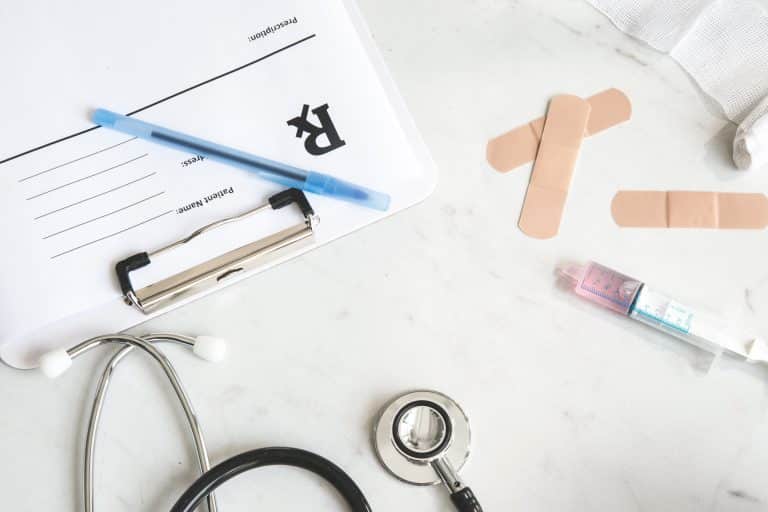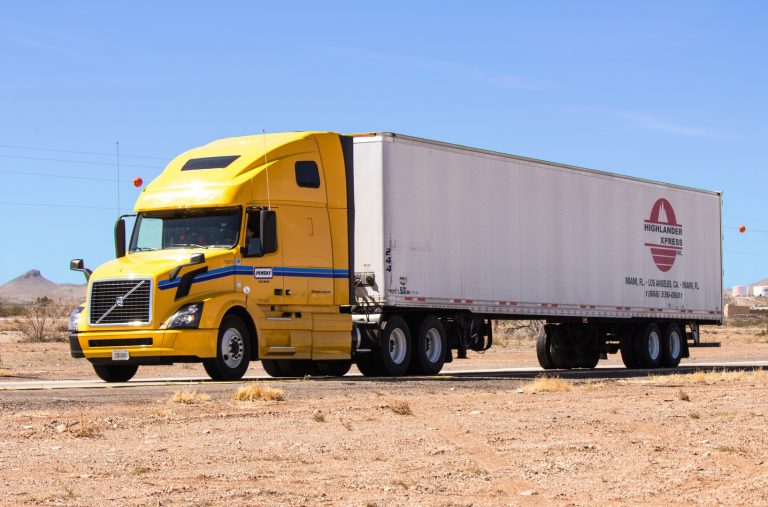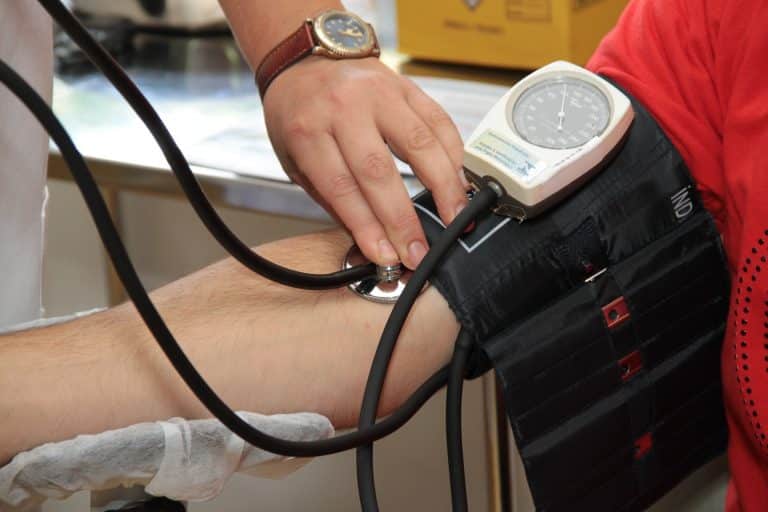Professional Driving School: What to Expect

We’ve all been through the intimidating stage of practicing and praying to pass the test for our driver’s license, so one can only imagine how harder it must be to undergo professional driving school. A commercial driving license (CDL), through a training program is necessary if one aims to enter a career that is in line with trucks. Mostly used for long-distance travels, trucks are heavy vehicles that would require the driver to have a broad knowledge and understanding of its machinery.
Types of CDLs
CDLs come in three variants, and depending on the type of work you want to pursue, a professional driving school can specifically cater and guide you in the process of learning and obtaining your license.
-
CDL Class A
The class A license gives the driver the right to drive most type of trucks. These licenses usually vary also depending on the gross vehicle weight rating (GVWR). The Class A limits a driver to operate vehicles of 26,001 pounds and above. Another classification is the towing weight. The Class A license holder is permitted with a total of 10,000 pounds (and more). CDL Class A basically covers other professional licenses, making it the most popular choice for people starting a trucking career. Here’s a practice test for the CDL Class A which you can try to assess your knowledge.
-
CDL Class B
This type of license is geared for those who want to start small, such as shorter trucks that basically transport on shorter distances. The CDL Class B is usually the option to go for when you have a budget constraint but still want to pursue a trucking career. Of course, the Class B can be upgraded to a Class A license when finances allow. Class B license drivers can haul a truck of 10,000 pounds being the towing weight limit, and 26,001 GVWR. Similarly, here’s a CDL Class B practice test.
-
CDL Class C
This type of license allows a holder to drive a vehicle with 16 passengers or more (including the driver), but with a limit of 26,001 GVWR. Carrying or transporting of hazardous materials is also allowed in this license, as long as it is not over the 26,001 threshold. The CDL Class C license is exclusive, and driving Class A and B vehicles are not allowed.
Making the Decision
Like any other test, the end result of passing is determined by the knowledge you have learned. It is therefore imperative that you pick the best professional driving school for your training. This decision is the most crucial one, so here are some factors to consider before settling on one.
- Make sure the school meets the educational requirements set forth by both the Tourism and Education Departments. Apart from the school being accredited, their training programs should also be licensed and accredited.
- What is covered by your tuition fee? There are schools that offer training packages which includes all necessary supplies for the training, extra/peer help, classroom lectures, and of course actual on-the-road training exercises. Make an effort to study their quote and compare offers.
- Will the program or school bridge continuity, or guarantees? If you’re undergoing training to be able to find a job, a school that offers a bridging program or an employment position after you obtain your license is the best option. If the school is able to assist with job placement, then there’s lesser time wasted.
What is covered by the Training?
Now that we’ve covered the basics of a CDL and how to choose the best school, here are some of the things you will be learning during your training.
- Basic rules and procedures of driving
- Understanding road signs
- Map reading and calculating routes and runs
- Operating electronic logs
- Vehicle assessment before and after a drive
- Hauling or long distance driving
- Safety and security procedures
- Connecting and dismounting of trailers
- Additional computer familiarization trainings
- Hands on exercises on truck driving
These may vary, depending of course on the type of program you’ve enrolled with, but this is basically the coverage of most trainings. Once actual truck driving starts, all other topics such as brakes, maintenance, inspections, etc. will be tackled.
Passing the CDL Exam
The contextual part of the exam is usually covered by basic knowledge, truck information, and of course driving experience. For this part, all you have to do is read and familiarize yourself. The road test on the other hand is a different obstacle. Some may be too nervous, so before you take the exam just breathe and relax yourself.
Take advantage of your hands on exercises during the training. This way, the feel of a big vehicle becomes familiar and easily maneuvered. During the road test, points will be deducted for every wrong act or negligence. The simple task of re-arranging and checking your mirrors can give you demerits, so try not to neglect the details.
The road test will also expose you to pressure and actual problems you’d possibly encounter during your transport. Imagine every possible scenario and then think of solutions so that on the day of the test you are not caught empty-handed.
Getting a CDL is easy, as long as you prepare for it, train with the perfect school, and love the career path you’re taking. In no time, that card will find its way to your wallet.





